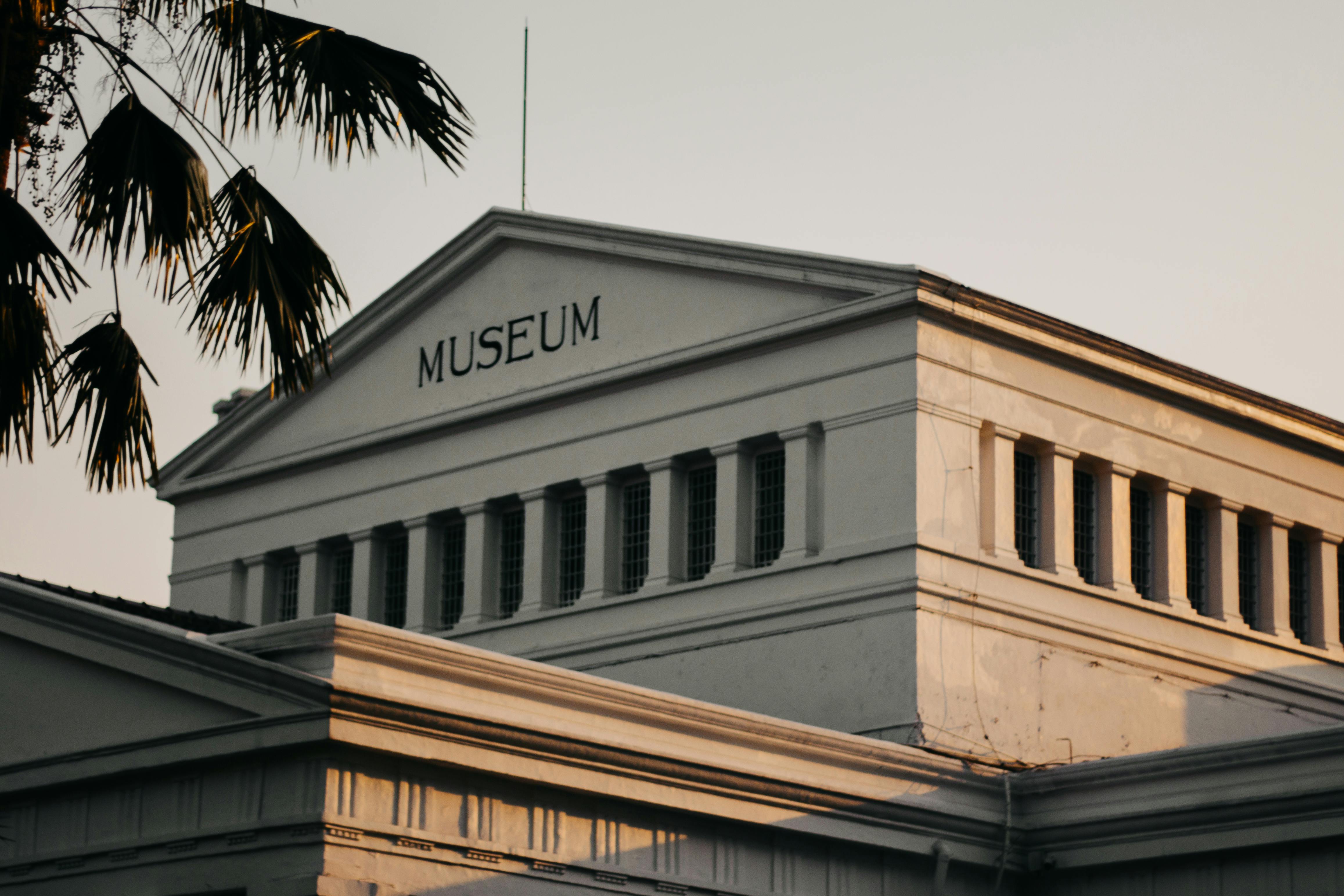So, you’re interested in learning about the fascinating history of the Field Museum in Chicago? Well, get ready to be amazed by the stories and treasures that this iconic institution holds. Founded in 1893, the Field Museum has been a pillar of scientific discovery and cultural exploration for over a century. From its grand architecture to its extensive collections, this renowned museum has captivated visitors from all walks of life. Prepare to travel through time as we delve into the diverse exhibits and uncover the secrets behind this historical gem in the heart of Chicago.

Exploring the Rich History of the Field Museum in Chicago
Overview of the Field Museum
The Field Museum, located in Chicago, is one of the most renowned natural history museums in the world. With its fascinating exhibits and impressive collections, it offers visitors a unique opportunity to explore the wonders of the natural world, learn about different cultures, and engage in scientific research. Established in 1893, the museum is a cultural hub that not only serves as a repository of knowledge but also a center for education and conservation.

Founding and Early Years
The Field Museum owes its establishment to Marshall Field, a wealthy philanthropist and business tycoon of the late 19th century. Field’s vision was to create a museum that would showcase the natural and cultural heritage of the world. He provided a significant financial contribution to start the museum, which was originally called the Columbian Museum of Chicago. The museum’s first collection primarily consisted of artifacts and specimens showcased during the 1893 World’s Columbian Exposition. Over time, the museum expanded its collections, incorporating various fields of study and acquiring important scientific specimens and cultural artifacts from around the globe.
The Museum’s Name and Location
In 1905, the museum was renamed The Field Museum of Natural History in honor of its benefactor, Marshall Field. The museum’s location in Chicago’s Grant Park adds to its appeal, as it is situated near other iconic institutions like the Art Institute of Chicago and Adler Planetarium. The prime location allows visitors to indulge in a day full of educational and cultural experiences within a short distance.

The Architecture of the Field Museum
The Field Museum boasts a stunning neoclassical-style building that stands as a testament to the city’s architectural legacy. Designed by prominent architects Daniel H. Burnham and Charles B. Atwood, the architecture is a blend of grandeur and elegance. The iconic entrance features massive stone lions that greet visitors as they approach the museum. Inside, the grand rotunda with its soaring dome and intricate murals creates an awe-inspiring ambiance that sets the stage for exploration and discovery.
The Field Museum’s Historical Artifacts
One of the museum’s main attractions is its vast collection of historical artifacts. From ancient Egyptian mummies to Aztec sculptures, the Field Museum houses treasures from civilizations that have shaped our world. The comprehensive collection allows visitors to immerse themselves in the rich history of humanity, exploring different cultures and their artistic achievements. The meticulous preservation and interpretation of these artifacts offer a unique perspective on our shared past and help us appreciate the diversity and ingenuity of human civilizations.
Famous Exhibits at the Field Museum
The Field Museum is renowned for its captivating exhibits that captivate audiences of all ages. Among the most famous exhibits is “Sue,” the world’s largest and most complete Tyrannosaurus rex skeleton. This 42-foot-long dinosaur skeleton is an incredible sight to behold, providing valuable insights into the world of these ancient predators. Other notable exhibits include the Grainger Hall of Gems, displaying a dazzling array of precious gemstones, and the Evolving Planet exhibit, which takes visitors on a journey through the history of life on Earth.
The Field Museum and Scientific Research
Beyond its role as a museum, the Field Museum plays a pivotal role in scientific research and exploration. Its extensive collections of specimens serve as valuable resources for scientists and researchers across various fields, from biology to anthropology. The museum actively engages in expeditions and fieldwork, conducting studies and discoveries that contribute to our understanding of the natural world. From cataloging new species to analyzing DNA, the research endeavors undertaken at the Field Museum have a lasting impact on scientific knowledge and conservation efforts.
Educational Programs and Outreach at the Field Museum
The Field Museum strives to inspire learning and curiosity among visitors of all ages. It offers a range of educational programs and outreach initiatives that cater to diverse interests and learning styles. Through interactive exhibits, workshops, and multimedia presentations, the museum encourages hands-on exploration and fosters a deeper understanding of the natural world. The Field Museum also collaborates with schools and educational institutions to provide resources and support for teachers and students, ensuring that the museum’s impact extends beyond its physical premises.
Conservation and Sustainability Efforts
In addition to its educational and research-oriented endeavors, the Field Museum actively participates in conservation and sustainability efforts. It promotes an understanding of the importance of biodiversity and environmental conservation through its exhibits and educational programs. The museum also conducts various conservation projects aimed at preserving endangered species and habitats. By creating awareness and engaging the public in conservation activities, the Field Museum strives to contribute to the sustainability of our planet and its precious resources.
The Future of the Field Museum
As the Field Museum looks to the future, it continues to build upon its rich history and accomplishments. By embracing new technologies and innovative approaches, the museum aims to enhance visitor experiences and expand its reach globally. The Field Museum recognizes the importance of remaining relevant in an ever-changing world and is committed to adapting to the needs and expectations of its audience. Through its continued dedication to research, education, and conservation, the Field Museum will undoubtedly continue to inspire and educate generations to come.
In conclusion, the Field Museum in Chicago stands as a beacon of knowledge and exploration. Its fascinating exhibits, historical artifacts, and commitment to scientific research and education make it a must-visit destination for anyone interested in the natural world and human history. From the awe-inspiring architecture to the diverse range of educational programs, the Field Museum offers a comprehensive experience that leaves a lasting impression. As you step into this world-class institution, be prepared to be amazed, inspired, and transported to different corners of our planet and the past.


